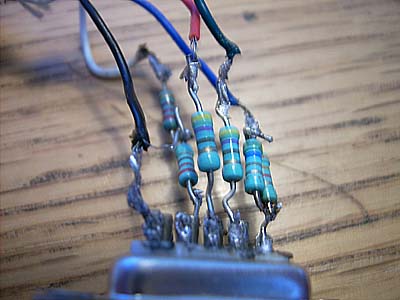vic user
Veteran Member
well, maybe not identical, i didn't really check, but over the weekend as i was moving some of my computer stuff around, i wanted to plug in the TI99/4A but the RF modulator i have for it is not very good.
i noticed that the DIN plug looked a heck of a lot like the one i use for my vic's, and so hoping that any power pins were in the same spots for both computers, i plugged the vic20 rf mod into the TI99/4A, and i got a nice clean crisp colour picture without blowing the computer or any fuses
i don't know if this is common knowledge about these DIN plugs, but maybe this will help someone looking for a replacement rf mod. for either computer.
chris
i noticed that the DIN plug looked a heck of a lot like the one i use for my vic's, and so hoping that any power pins were in the same spots for both computers, i plugged the vic20 rf mod into the TI99/4A, and i got a nice clean crisp colour picture without blowing the computer or any fuses
i don't know if this is common knowledge about these DIN plugs, but maybe this will help someone looking for a replacement rf mod. for either computer.
chris

